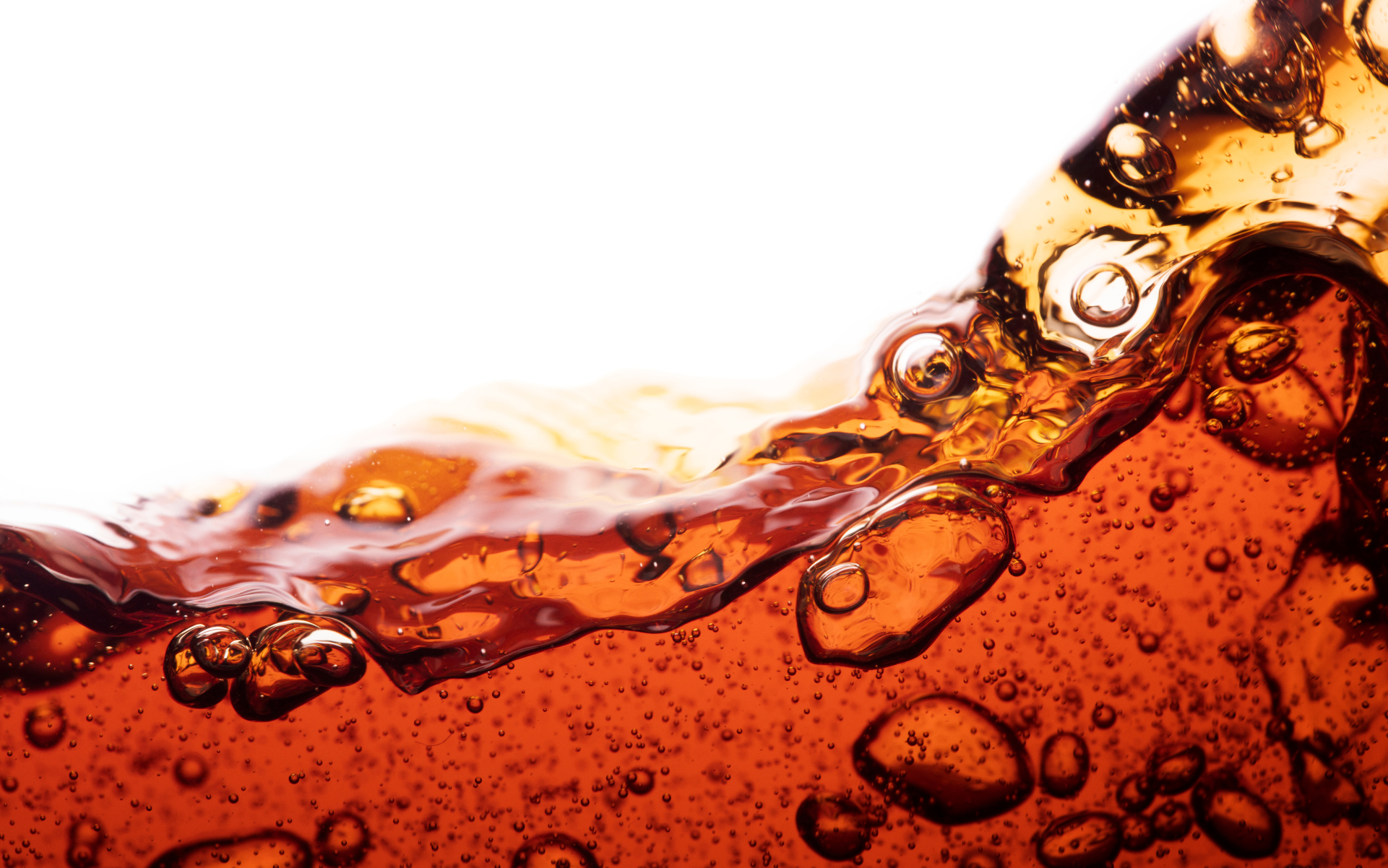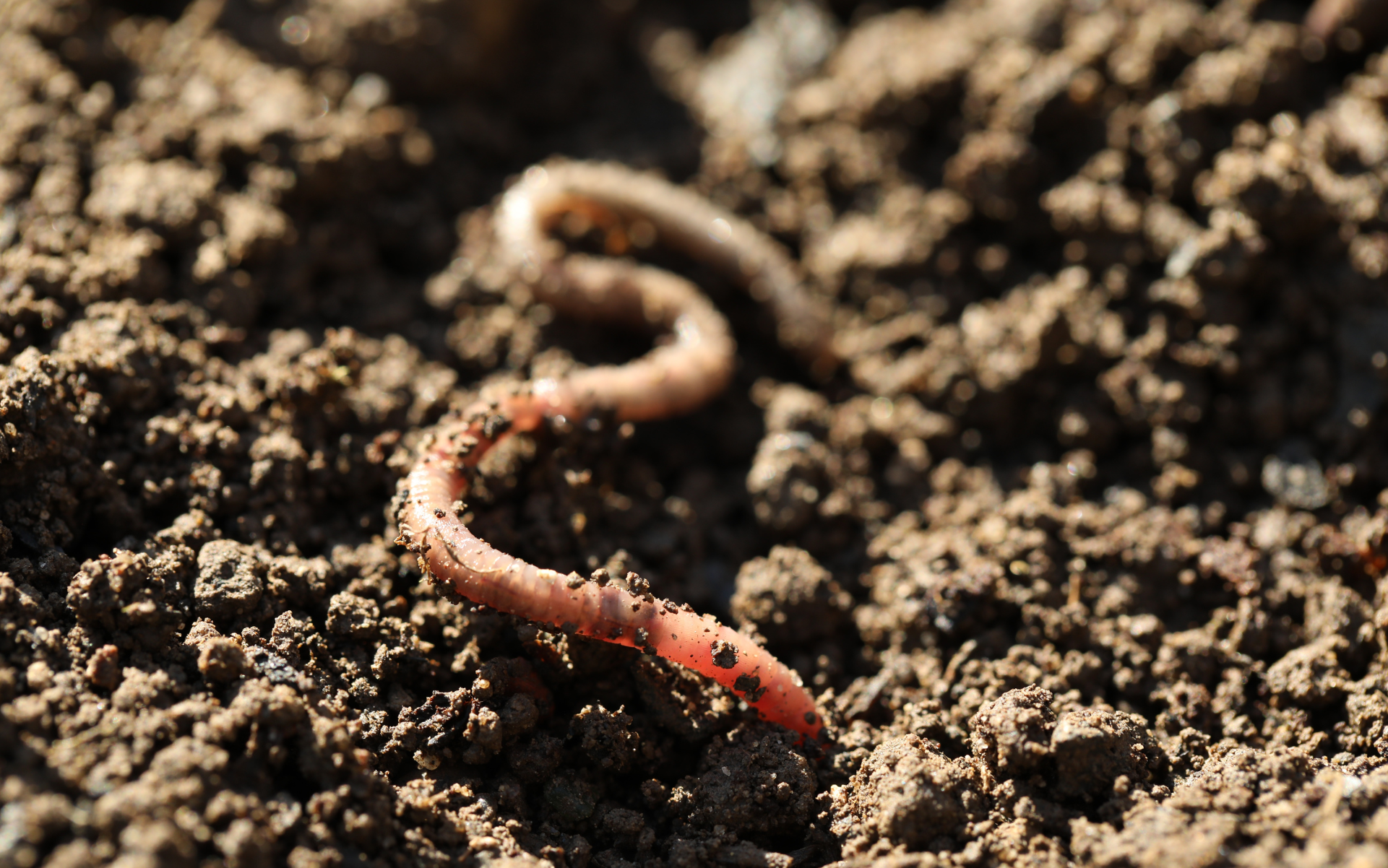


Cola is many things: a caffeine kick, a sugar bomb, a design icon, a household cleaner – and, according to some plant lovers, a secret weapon against sad houseplants. On forums and social media, the fizzy brown drink is touted as a miracle fertilizer. “My plants love cola!” they say. What sounds strange at first glance seems to work for some. But what’s really behind this trend? Can you use cola as fertilizer – or is it doing more harm than good in the long run?
Cola does contain substances that, in theory, could benefit plants: phosphoric acid, for example, is a common component in conventional fertilizers and plays a role in plant cell metabolism. Then there’s the high sugar content – sugar in the form of glucose is often used in research to promote cell growth. And yes: plants can absorb some carbohydrates through their roots.
But what works in a sterile lab environment doesn’t necessarily translate to your living room jungle. Cola is far from a nutrient solution. Alongside phosphorus, it contains sugar, caffeine, coloring, carbonation – and a very aggressive acid. This combination makes it a ticking time bomb for many plants.

A splash of cola may, in theory, stimulate microbes in the soil: sugar acts as an instant energy source and can fuel microbial activity, potentially releasing nutrients for plant use. Sounds reasonable. But in practice, most houseplants are potted in sterile substrates – mixes of peat, coco coir, perlite or bark, largely microbe-free for hygiene reasons. There’s no real soil life to be “boosted.”
What’s left is sugar in the potting mix – and that attracts the wrong crowd: mold spores, fermenting bacteria and microbial imbalances. In moist conditions, this can quickly turn from a boost into a fermentation nightmare. And then there’s the pH: cola has a pH of about 2.5 – more acidic than vinegar. Some plants tolerate slightly acidic soil, but for most, this extreme is toxic – especially with repeated use.

So why do some plant owners swear by cola? There are several plausible explanations – none requiring cola to be a miracle elixir. In large pots with well-draining substrate, a small splash of cola can be diluted to the point where it causes no harm. That explains survival, but not improved growth.
Part of the explanation may lie in psychology: anyone trying an unusual method like cola watering is likely paying closer attention to their plant. They might water more regularly, adjust lighting, or simply observe more carefully. This alone can measurably improve plant health – an effect known in science as the observer effect or Hawthorne effect. In short: paying attention often means taking better care – and that improves plant health, cola or not.
Used sparingly and as a one-off, cola might have some short-term effect on heavy feeders. But as a long-term care strategy, it’s not ideal – too unbalanced, too acidic, too unpredictable. If you really want to help your plants thrive, rely on solid knowledge, healthy substrates and data-driven care. With FYTA, you can even do that without losing track.
